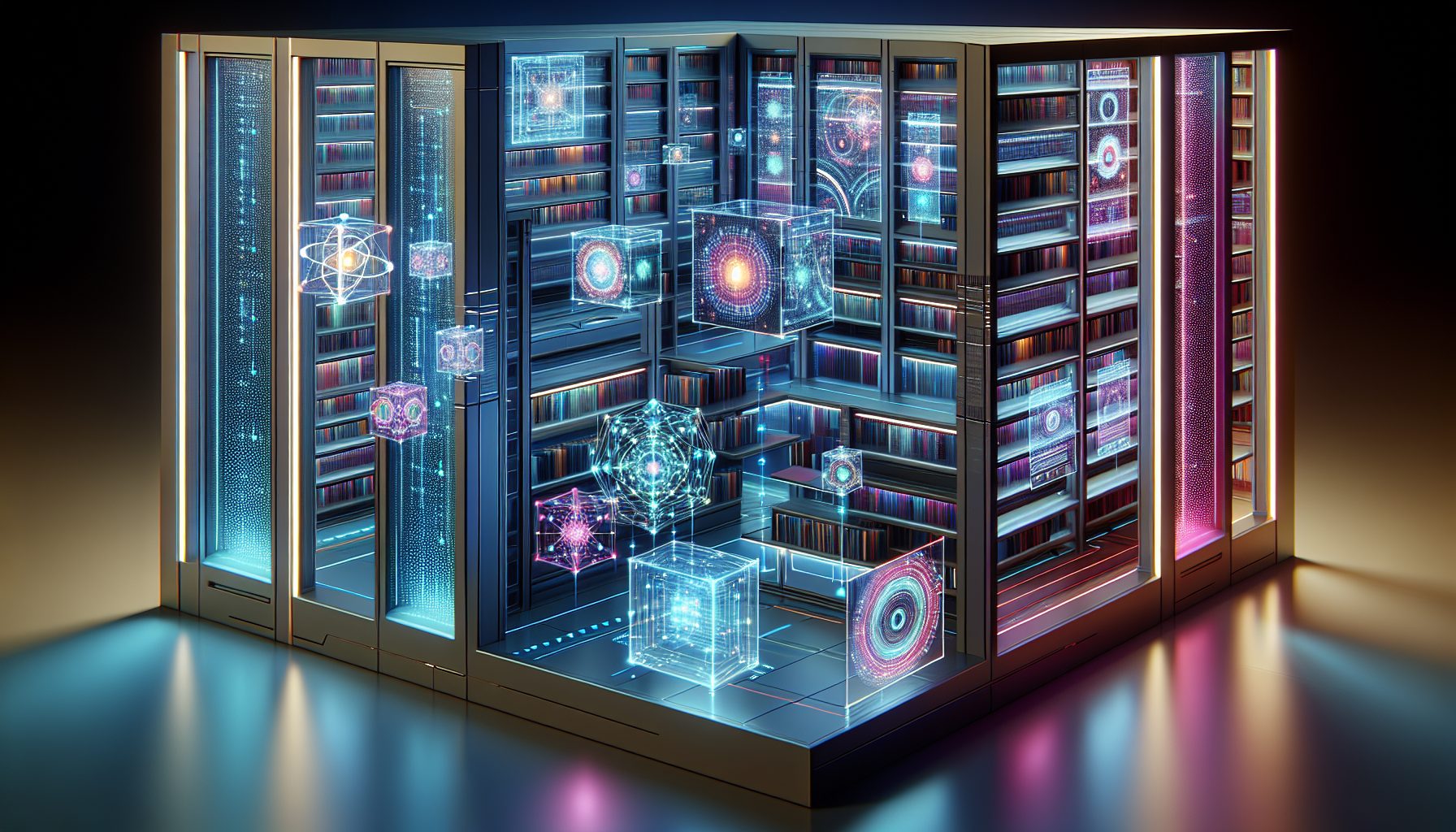In the fast-paced world of technology, artificial intelligence (AI) is making significant strides. However, this advancement comes with a hefty price tag in terms of energy consumption. Big Tech companies like Google, Microsoft, Meta, and Apple are now consuming more electricity than entire nations.
The @WSJ breaks down a complex topic. An AI-driven economy provides tremendous opportunity but if we don’t invest in the natural gas infrastructure to support it, consumers may pay the price. https://t.co/HyWAQSceKH
— Williams (@WilliamsUpdates) August 12, 2024
Data centers are gobbling up growing amounts of electricity & water in CA, in part due to artificial intelligence, even as the state struggles to meet its clean energy goals and supply enough water. Important story by my @latimes colleague @MelodyPetersen: https://t.co/6gW3Ds733s
— Sammy Roth (@Sammy_Roth) August 12, 2024
Google and Microsoft each consumed 24 terawatt-hours (TWh) of electricity in 2023, surpassing the energy use of countries with populations in the millions. Google’s data centers alone accounted for 10% of global data center electricity consumption, with a 17% increase from the previous year. Microsoft’s electricity use doubled from 11 TWh in 2020 to 24 TWh by 2023.
The push towards AI is a significant factor in this increase. Training AI models requires advanced cooling systems and increased power to handle complex computations.
Is AI worth the price if it’s hiking our power bills? 💡 With rising costs & hotter summers, who's footing the bill?
Answers and more in an op-ed by analyst Sophie Loeb & Michelle Carter of @nclcv.https://t.co/lKx90N0psh
— Center for Progressive Reform (@CPRBlog) August 12, 2024
As Google and Microsoft have been at the forefront of the generative AI race, their power consumption reflects these technological advancements.
Meta and Apple have shown comparatively lower electricity use, but Meta has been rapidly increasing its consumption as it scales up its data operations. This trend highlights the growing importance and complexity of AI technologies, requiring vast resources to support their development and implementation. As technology companies continue to expand their AI capabilities, their energy needs will likely keep escalating.
The data raises questions about the long-term sustainability of such growth and the environmental impact associated with it. Balancing technological advancement with sustainable energy consumption is a challenge that needs to be addressed. In California, the frenzy of data center construction could delay the state’s transition away from fossil fuels and raise electric bills for everyone else.
The data centers’ insatiable appetite for electricity also increases the risk of blackouts.
AI advancements driving energy concerns
California is at the verge of not having enough power, ranking 49th out of the 50 states in resilience.
“California is working itself into a precarious position,” said Thomas Popik, president of the Foundation for Resilient Societies. The state has already extended the lives of PG&E’s Diablo Canyon nuclear plant and some natural gas-fueled plants to avoid blackouts on sweltering days. Data centers have long been significant power consumers, but the specialized chips required for generative AI use far more electricity and water than those for typical internet searches.
A ChatGPT-powered search consumes 10 times the power of a Google search without AI, according to the International Energy Agency. Santa Clara has become a top market for data centers, partly because its electric rates are 40% lower than those charged by PG&E. However, the lower rates come with a higher cost to the climate.
Silicon Valley Power, Santa Clara’s utility, emits more greenhouse gas than the average California electric utility. Santa Clara is spending heavily on transmission lines and other infrastructure to accommodate this increasing power use. Increases in electric rates have also been steep, jumping significantly over the past two years due to new infrastructure costs and a spike in natural gas prices.
Former chair of the state’s public utilities commission Loretta Lynch noted that big commercial customers like data centers pay lower rates for electricity across the state, which means when new infrastructure is built, residential customers bear more of the cost. “Why aren’t data centers paying their fair share for infrastructure? That’s my question,” she asked.
Despite the strain on the grid, PG&E remains optimistic about the increased demand. “I think we will definitely be one of the big ancillary winners of the demand growth for data centers,” said Patricia Poppe, PG&E’s chief executive, during a conference call with analysts. She sees potential for profits as the company continues to attract tech giants to build data centers in the region.









